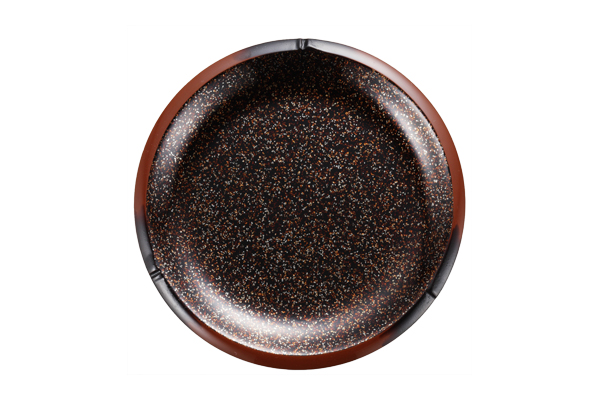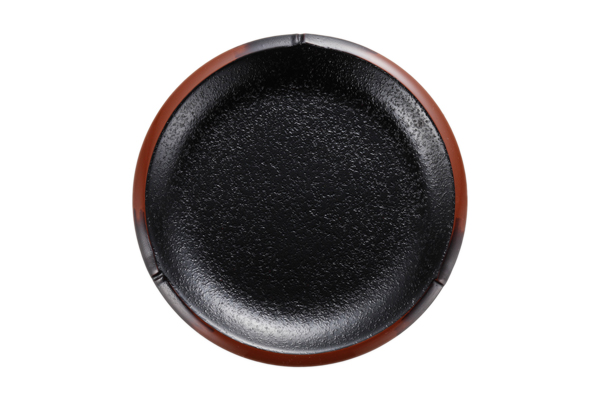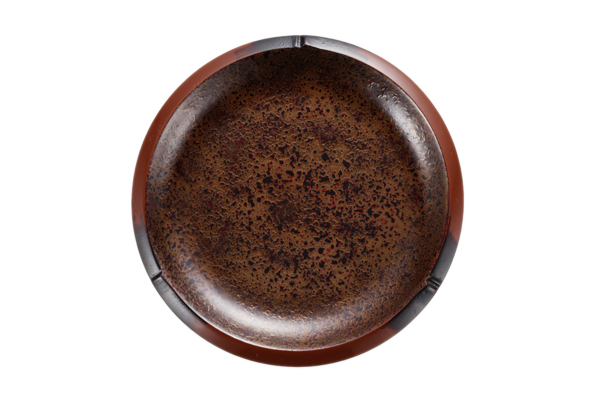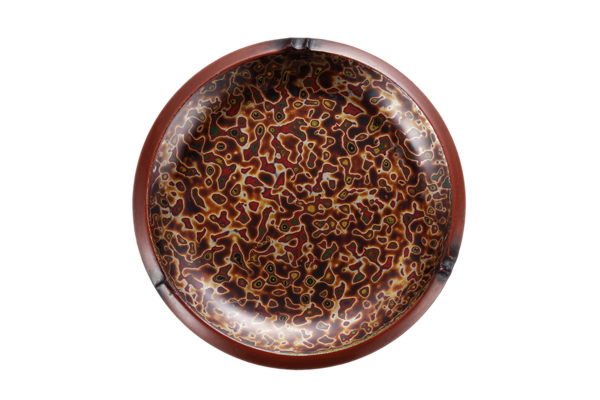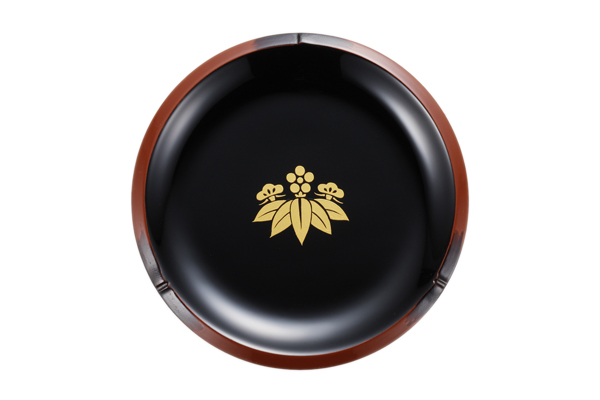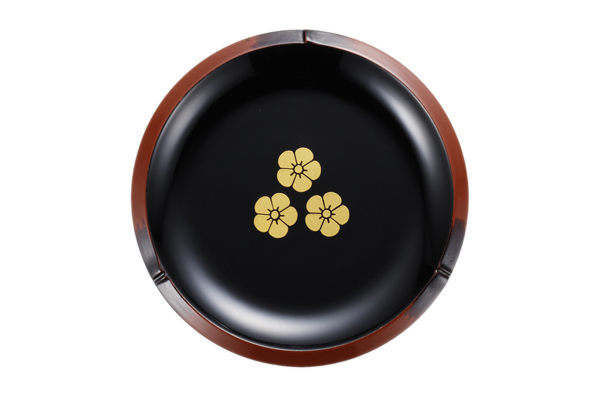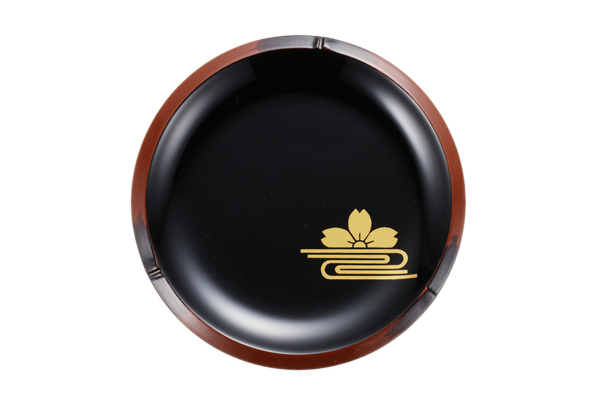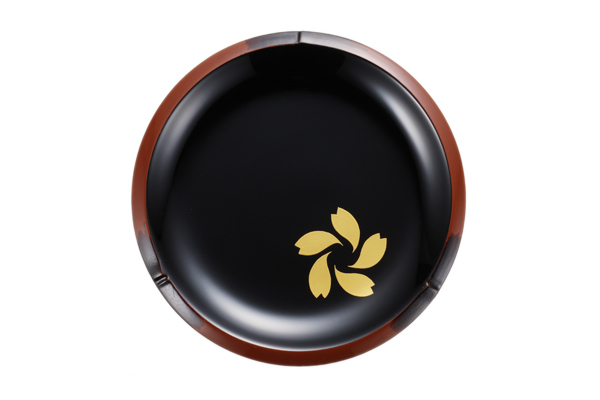Niigata urushi mamezara-collection
Revive the beauty of Urushi and Makie that charmed the Medieval Empress
In Edo period (1603-1868), there were many technique of Urushi, Japanese lacquer in Niigata (that used to call city of water), and has been inherited for three hundred years. This time five craftsmen showed the technique and expressed on ‘Mame zara’, small plates. These are so small and adorable. It is very difficult not touch them. These plates become even shinier if constantly used and with small food, sweets, fruits…anything on the plate to stand out. The Empress of the Habsburg dominions Maria Theresia (1717-1780) loved Japanese lacquer and her daughter Marie Antoinette (1755-1793) was totally fascinated by Makie decoration. At that time, graceful shiny black colour of Urushi and delicate gold Makie decoration attracted ladies in royal court.
Japanese lacquer ware is ultimate Japanese beauty, and perfect to entertain your important guest. Lacquer ware in Niigata is suitable for daily use as well, because they use the technique ‘Kataji nuri’ these start coating Urushi from earlier stage than usual, therefore these are more durable. It would be a refreshing idea of table coordination to add lacquered ‘Mame zara’ during teatime or other daily dining situation. Urushi tableware has the advantage of being repairable or re-coated, therefore can be inherited through families for a long time and this is a very positive approach of ecological life.
Information
- manufacture:Niigata-city lacquer ware association
- designer:Keisuke Sato
- material:beech, laquer
- finish:Laquered and decorated with MAKIE
PRODUCT
-
Niigata urushi mamezara-collection “Takenuri + Nashijinuri”
Manufacture:Niigata Japanese ware Co.,Ltd.
※end of production
-
Niigata urushi mamezara-collection “Takenuri + Akadounuri”
Manufacture:Niigata Japanese ware Co.,Ltd.
※end of production
-
Niigata urushi mamezara-collection “Takenuri + Ishimenuri”
Manufacture:Niigata Japanese ware Co.,Ltd.
※end of production
-
Niigata urushi mamezara-collection “Takenuri + Seidounuri”
Manufacture:Niigata Japanese ware Co.,Ltd.
※end of production
-
Niigata urushi mamezara-collection “Takenuri + Aogainuri”
Manufacture:Niigata Japanese ware Co.,Ltd.
※end of production
-
Niigata urushi mamezara-collection “Takenuri + Shibuichinuri”
Manufacture:Niigata Japanese ware Co.,Ltd.
※end of production
-
Niigata urushi mamezara-collection “Takenuri + Nishikinuri”
Manufacture:Niigata Japanese ware Co.,Ltd.
※end of production
-
Niigata urushi mamezara-collection “Takenuri + Nishikinuri”
Manufacture:Niigata Japanese ware Co.,Ltd.
※end of production
-
Niigata urushi mamezara-collection “Take-nuri + Makie” (Shouchikubai)
Manufacture:Niigata Japanese ware Co.,Ltd.
※end of production
-
Niigata urushi mamezara-collection “Take-nuri + Makie” (Mitsu-ume)
Manufacture:Niigata Japanese ware Co.,Ltd.
※end of production
-
Niigata urushi mamezara-collection “Take-nuri + Makie” (Sakura-ni-mizu)
Manufacture:Niigata Japanese ware Co.,Ltd.
※end of production
-
Niigata urushi mamezara-collection “Take-nuri + Makie” (Sakura)
Manufacture:Niigata Japanese ware Co.,Ltd.
※end of production

